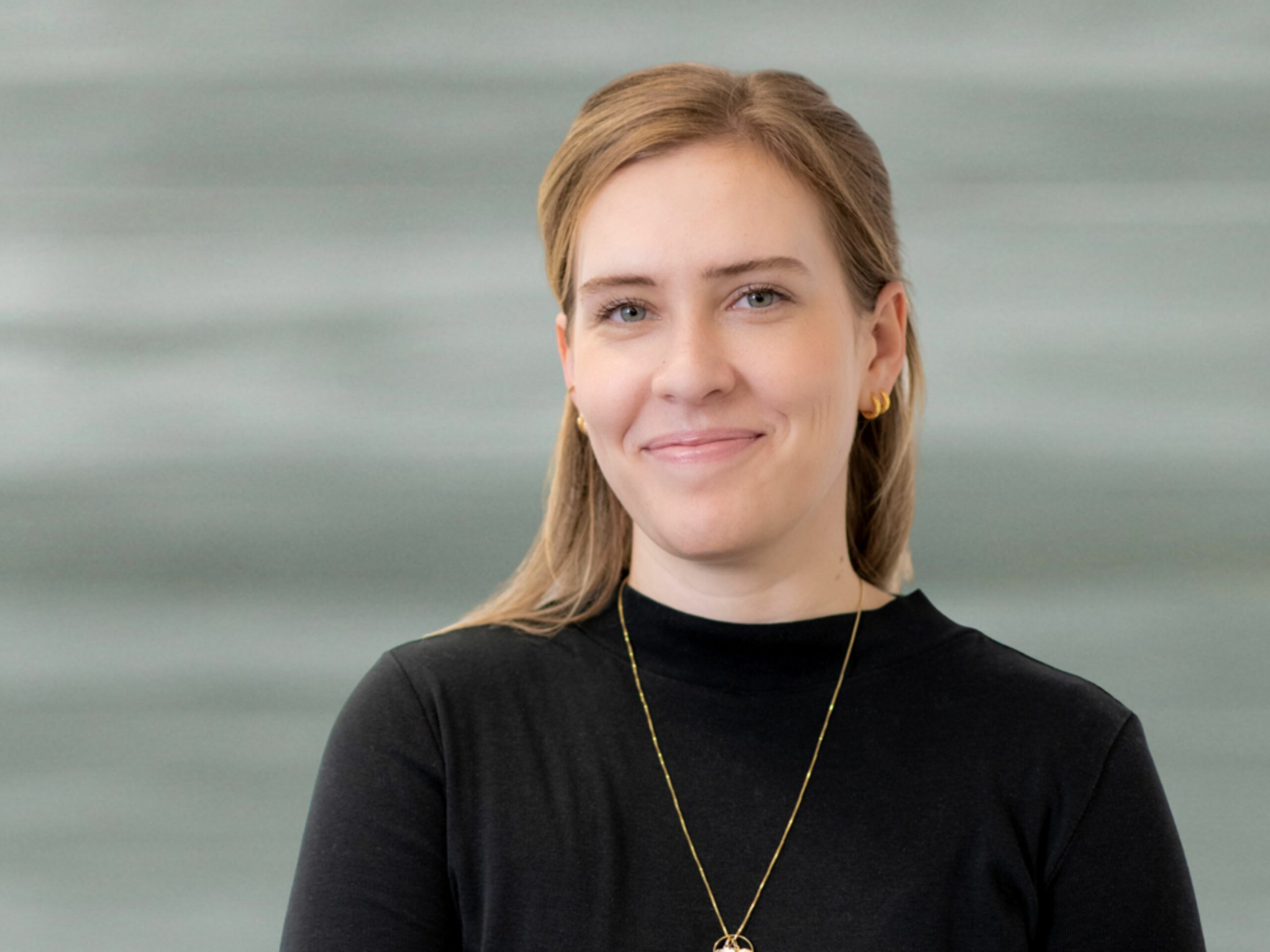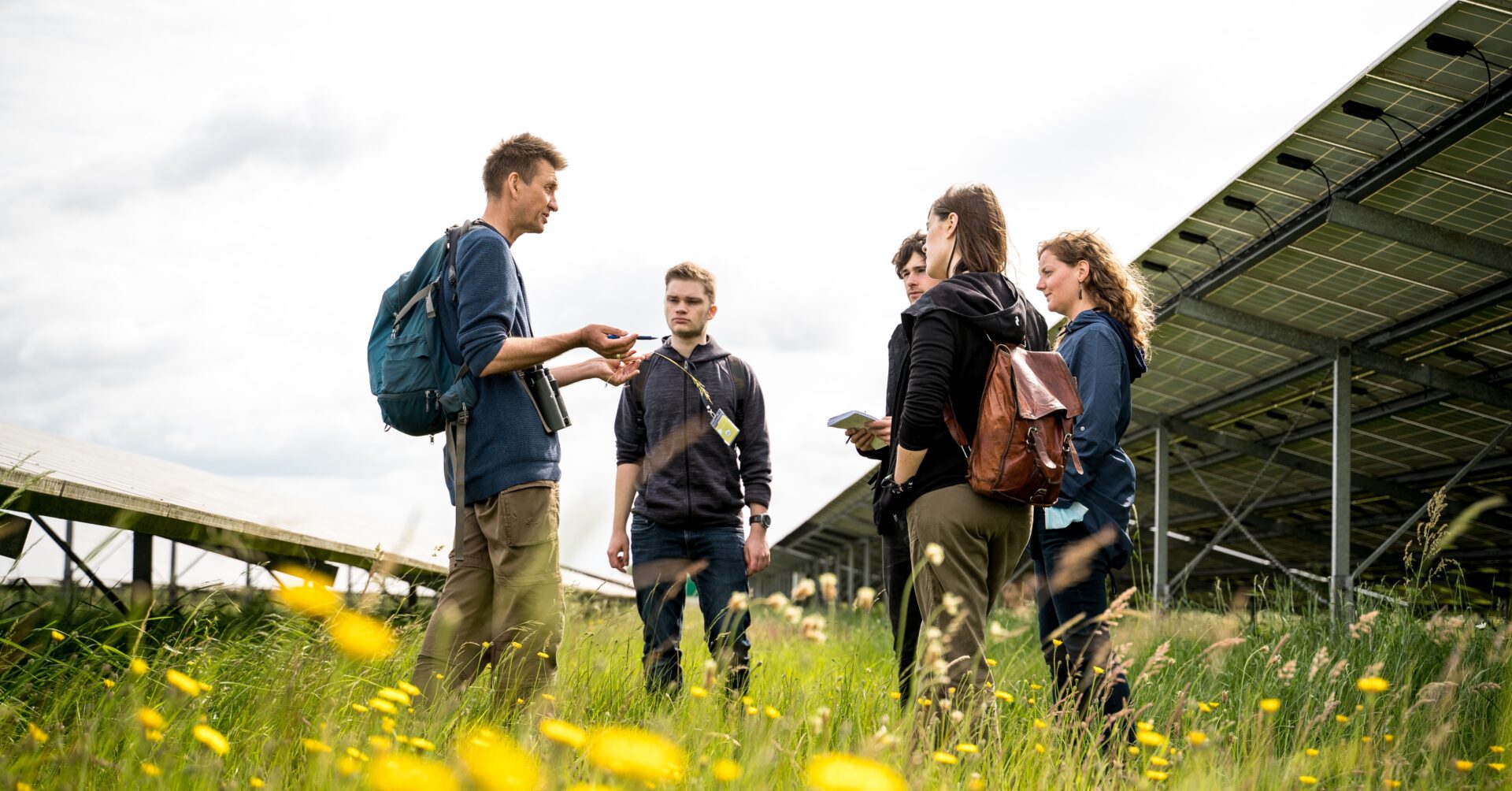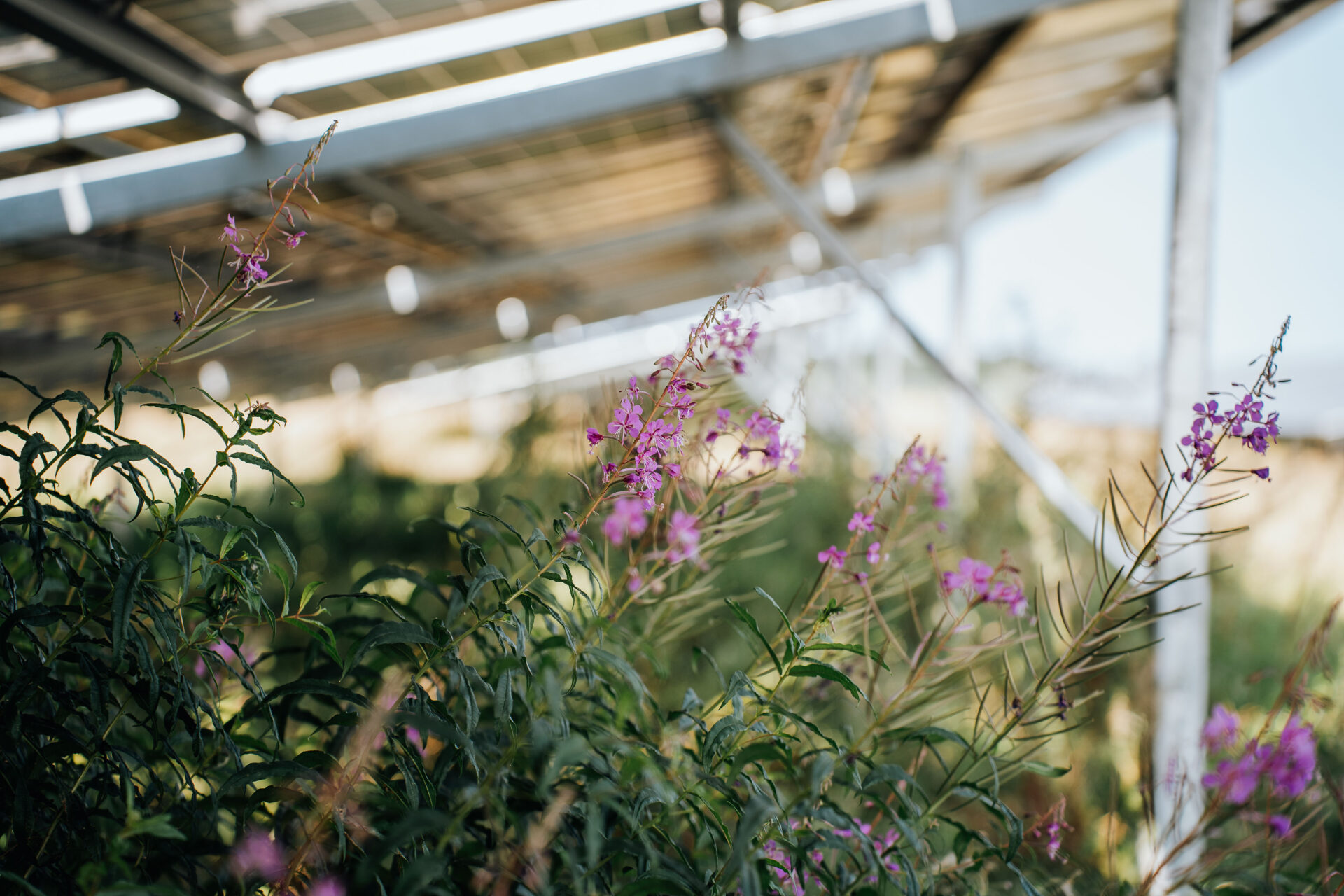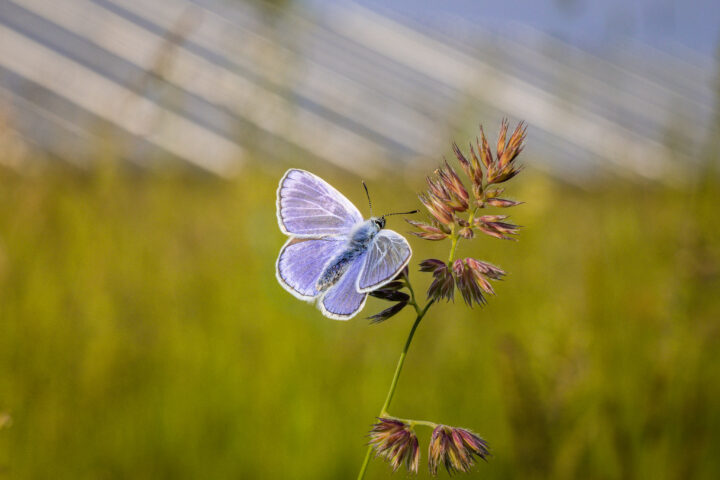In conversation with MaxSolar about the development and planning one of the largest solar parks in Bavaria and the whole of Germany the project developer proves that the energy transition can work holistically: Solar energy becomes electricity, heat and e-mobility. A showcase project in a class of its own!

SonneSammeln: With 125 MWp, Bundorf is one of the largest solar parks in Germany. What were the first steps in the realisation of this major project? And who provided the initial impetus?
MaxSolar: At the request of the municipal council, a meeting was held on the site in July 2020, during which the entire planned car park area was circumnavigated. Following this, the companies MaxSolar GmbH and EGIS eG presented themselves to the Bundorf municipal council during a municipal council meeting. After initial scepticism, there was a lively exchange and initial ideas for a feasible area for PV, district heating and an e-charging infrastructure were exchanged.
SonneSammeln: How was the project received by the public?
MaxSolar: The residents were sceptical at first, but when it became clear that the revenue would benefit every part of the municipality and that there was a convincing overall concept, they also backed the project. The approval of the mayor, local council and residents was huge.
The Steffen Vogel, member of the state parliament, described it as "remarkable" that such a project had received unanimous approval from the local council. This is not the case everywhere. There is enough resistance to the expansion of renewable energies. There is no potential for this in cities, which is why there is an opportunity here for rural areas. The tax revenue for the municipality is a positive side effect.
"The energy transition cannot be successful without the support of the local population."
SonneSammeln: The project in Bundorf is the solar park with the largest proportion of solar park area in public ownership in Germany to date. Did MaxSolar have any concerns about putting 30% of the solar park area in the hands of citizens?
MaxSolar: Quite the opposite. Large ground-mounted PV systems are meeting with great resistance in some places. Active participation by citizens in local installations fundamentally changes the perspective on the energy transition. The energy transition cannot be successful without the support of the local population. Resistance and a lack of acceptance prevent the rapid realisation of such projects. The more local participation in the energy transition is possible, the more acceptance it will gain in the region. In Bundorf, we have taken a holistic approach to the energy transition from the outset. A sustainable value-added cycle is being created in the region. Financed by many citizens, foundations, associations and municipalities from all over Germany, we are investing in the energy supply of the future in Bundorf. The municipality benefits through the payment of business taxes and the citizens of Bundorf receive an alternative to oil and gas for their heating. The members of EGIS eG enjoy the attractive dividend. So it's a win-win for everyone involved.
SonneSammeln: The electricity generated at the Bundorf solar park is fed into the general electricity grid and the district heating network. As part of the overall planning for Bundorf as an "energy village", several charging points were also installed in the municipality. How did these diverse types of consumption come about? Who provided the impetus?
MaxSolar: With this pioneering project, we are demonstrating the possibilities of sector coupling of energy, heat and e-mobility. These diverse possibilities were presented and offered to the mayor and the municipal council.
SonneSammeln: How did MaxSolar manage to convince several different landlords to release their land for the project? Did you encounter any resistance?
MaxSolar: We were able to impress with our holistic concept compared to other project developers. This concept ensures broad acceptance and therefore a higher likelihood of realisation among landowners.
SonneSammeln: How long did it take from the idea to the opening of the solar park?
MaxSolar: It took less than two years from the first project sketch to realisation. The idea for one of the largest citizen-owned open space parks to date was born in 2020, and in September 2022, the go-ahead was given for construction, including the transformer station, on a total area of 125 hectares. According to Mayor Hubert Endres, the project was a stroke of luck for Bundorf. By the end of 2023, the district heating network and the charging points for electric vehicles in Bundorf had been built and completed, meaning that the energy transition of the future with local added value became a reality in Bundorf at the beginning of 2024.
"Ground-mounted solar parks and biodiversity can go hand in hand"
SonneSammeln: Bundorf, in the Haßberge district, is one of the regions with particularly low rainfall and long dry periods in Bavaria. To what extent did this play a role in land acquisition and/or project development?
MaxSolar: The area is predestined for the use of a solar park as the soil quality is moderate and the area also has extremely low rainfall. The low rainfall and long dry seasons pose a growing challenge for the agricultural utilisation of arable land. The region is therefore classified as one of the "less-favoured areas". This means that agricultural land can only achieve low yields or is difficult to utilise due to factors such as soil quality or topographical conditions (e.g. slopes). In accordance with the state opening clause of the Renewable Energy Sources Act (EEG), the federal states can decide whether to authorise the construction of PV parks in these areas. The municipality has therefore rethought its approach and created a flagship energy transition project in a very short space of time.
SonneSammeln: Did MaxSolar also take nature into consideration when planning and building the project and, for example, implement measures to promote biodiversity?
We at MaxSolar are convinced that we can create habitats for animal and plant species through the correct construction and maintenance of our systems and thus promote biodiversity on the land. That is why we have also committed ourselves to a voluntary self-commitment, the "Good Planning" of the Bundesverband Neue Energiewirtschaft e.V. (bne).
In the Bundorf project, for example, we would like to demonstrate this by developing species-rich grassland on the former arable land.
If the ground is exposed to sunlight by spacing the rows of modules sufficiently far apart, species-rich grassland can develop on the areas by sowing native seed mixtures with a high proportion of herbaceous species and appropriate care. Insects in particular benefit from the flower-rich meadows, which in turn are an important food source for breeding birds.
Ground nesting birds also benefit from the wide, sunny strips. Monitoring of breeding birds in 2023 showed that the skylark, which is endangered in Germany, recolonised the PV system immediately after construction. After construction, 65 breeding territories of the skylark were detected, while only 26 breeding territories were found on the site before the plant was built.
To ensure that small and medium-sized mammals such as mice, hares and foxes have unhindered access to the PV park, all fences are at least 15 cm above the ground. Larger wild animals can pass through the site via a wildlife corridor. Planting islands of native shrubs, hedges and fruit trees create additional structures and habitats and further enhance the ecological value of the previously poorly structured agricultural areas.
This shows that ground-mounted solar parks and biodiversity/species conservation can go hand in hand.
SonneSammeln: Did anyone involved in the project have any doubts?
MaxSolar: As the executing partner and the energy cooperative EGIS eG, we spoke openly and continuously with the municipality and citizens about the project at an early stage. Questions were clarified on site or online, concerns were dispelled and the holistic concept was promoted. As a result, the project met with broad acceptance right from the start. The local council did not vote against the project. This may also be due to the uniqueness of the holistic concept in the context of sector coupling of energy, heat and mobility, with which MaxSolar was able to win over both politicians and residents. The cooperative collaboration of all those involved was particularly commendable. From the mayor and municipal representatives to the landlords and the residents of Bundorf - everyone pulled together from the very beginning.
You can find more details about the Bundorf solar park on the Project page of MaxSolar.
—
The interview was conducted by Daniela Feil with Christian Preuß and Anke Firnhaber from MaxSolar on 22 April 2024.
Christian Preuß has many years of experience in the field of renewable energies as well as in-depth expertise in the area of urban land use planning. He has been responsible for project development at MaxSolar GmbH as head of department since 2021 and uses his industry and specialist knowledge to drive innovative and sustainable projects forward.
Anke Firnhaber is responsible for ecological sustainability at MaxSolar GmbH. As project manager of the Bundorf project, she firmly believes that sustainable energy generation must go hand in hand with the promotion of biodiversity. With her expertise and commitment, she makes a significant contribution to this in the PV parks.






